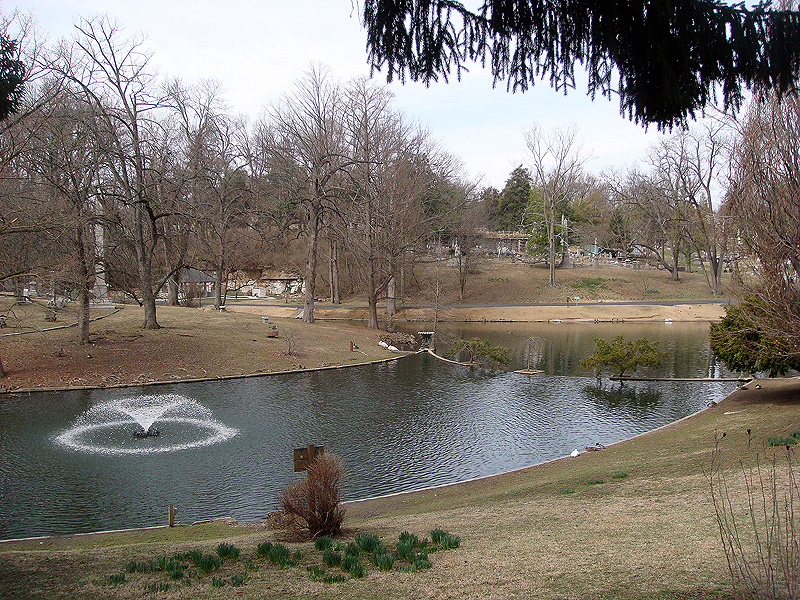

Employees working the door wore all white, donning fluffy halos to complete their angelic ensembles. The palpable tension of a countdown made it feel like a New Year’s Eve party, but instead of joyously whooping in a fresh start, we were preparing for the end of an era. Crowds varied starkly in age and style there were plenty of people who came just to soak up a few more hours of time in The Cave, regardless of who was performing.īut Monday night felt the most surreal. Some of these shows felt like mostly normal nights-maybe a little busier than usual, with a light air of bittersweet reminiscence. Business-as-usual bills became double-header nights, with later shows turning into marathon affairs as local bands piled on to bid a final farewell to The Cave. The Cave had to close.Īfter the news broke, a string of “funeral week” shows followed in quick succession. Nothing came through after several months. Connor and Alston were ready to put their energy into other projects, and so they started looking for a buyer. They’d have good spells-December and January among them, according to Connor-but it wasn’t enough to sustain The Cave long-term. If a show sold poorly, touring bands could almost always leave with a little something, even if it was twenty bucks from the register to help cover gas money.ĭespite all the goodwill, business wasn’t consistently booming enough for the club to thrive. Throughout his tenure, Connor saw fit to keep The Cave a no-frills spot for small shows. With an “official” capacity of just seventy-four people, Monday night’s last hurrah was thoroughly oversold, but as several people joked, what was anybody gonna do, call the fire marshal and get the place shut down?įor the past six years, The Cave’s captain has been Connor, who bought the club from Mouse Mock with assistance from Slim’s owner Van Alston and another investor. Its stage was a plot on the floor at the front of the narrow bar, demarcated by rugs so stomped-upon that they seemed to be one with the concrete beneath them. Its walls were covered in all manner of adornments, from spray-painted Lasceaux-style bugs and livestock to a panoply of profanity covering the bathroom walls. Its unusual décor set it apart from any other Triangle dive, with chicken wire and plaster coated with sandy colored paint throughout the interior. Tucked at 452½ West Franklin Street, The Cave was a modest bar down a steep concrete set of steps. Its closure furthers the drawn-out denouement of Chapel Hill counterculture-the weird, the rowdy, and the ugly being edged out and suffocated by the moneyed, the pristine, and the bland.

But the end of The Cave is more than a loss of a cultural artifact or a room. It was a spot where one-off pick-up bands could make magic for an hour or two and then call it a night. It’s where countless local bands cut their teeth playing their first shows, where they could perform to twenty people and it still felt like they’d packed the room. But to a subsection of Triangle-dwellers, it was a hallowed getaway. To some, The Cave was just another dive, and a pretty dingy one at that. News of The Cave’s demise caused a flood of local artists, music fans, and barflies to chime in with their favorite Cave memories (or alcohol-fueled lack thereof).

On the afternoon of April 19, Mark Connor, who’s run the club since October 2012, posted a statement on The Cave’s Facebook page announcing that Monday, April 30, would be the venue’s last night of business. But for all of the gleaming new additions, Franklin Street is down one scrappy but essential music club and watering hole.Īs of this week, after fifty years of business, The Cave is closed. Over the past decade or so, Franklin Street has undergone a renaissance of sorts, with redevelopment plopping new restaurants, upscale condos, and even a Target on the college town’s main artery. There are nine pizza spots in less than a mile of Franklin Street near the campus of UNC-Chapel Hill.


 0 kommentar(er)
0 kommentar(er)
